The best cycling kit bags can make for a great alternative to the backpacks if you're travelling to or from the start of a ride or race.
Cycling kit bags provide a compact, structured solution when you're heading on a riding holiday and can also be used for organising your kit while commuting.
Here are five of the best cycling bags as tested by BikeRadar.
Best cycling kit bags in 2025
Ogio Endurance 7.0 duffel bag
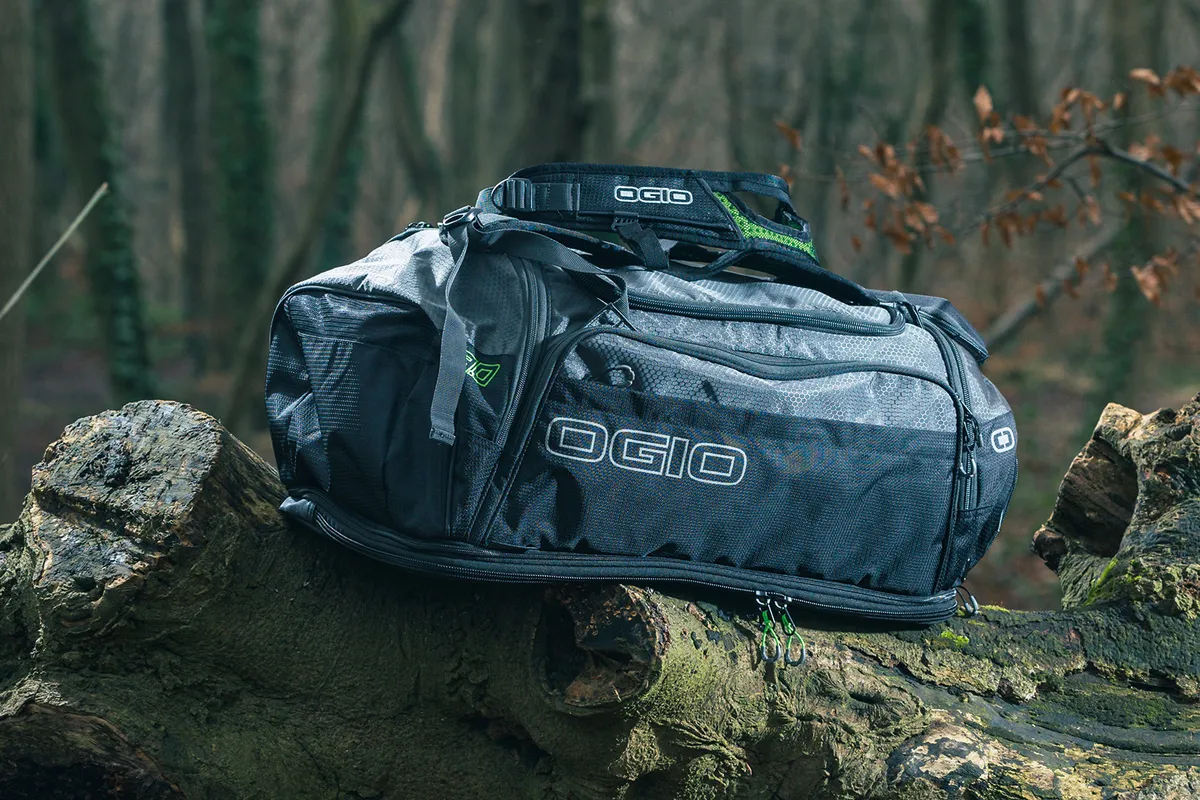
- Price: £95 / $170 as tested
- Pros: Comfortable to carry; bright lining helps when locating items; vented compartments
- Cons: Could use another strap
There’s a pocket for every conceivable item, from snacks and bottles to helmets and shoes. The soft-lined hard case for glasses and electronics is useful.
You get enough storage for a long weekend’s worth of kit, and the main section is lined with a bright material, which makes small items easy to find.
It’s comfy to carry full, thanks to broad shoulder straps and a padded back panel. The expandable wet-kit pocket is handy, and the shoe compartment is vented to aid drying.
The only chink in the Ogio Endurance's armour is that there’s no carrying handle, just the shoulder straps.
dhb Transition bag
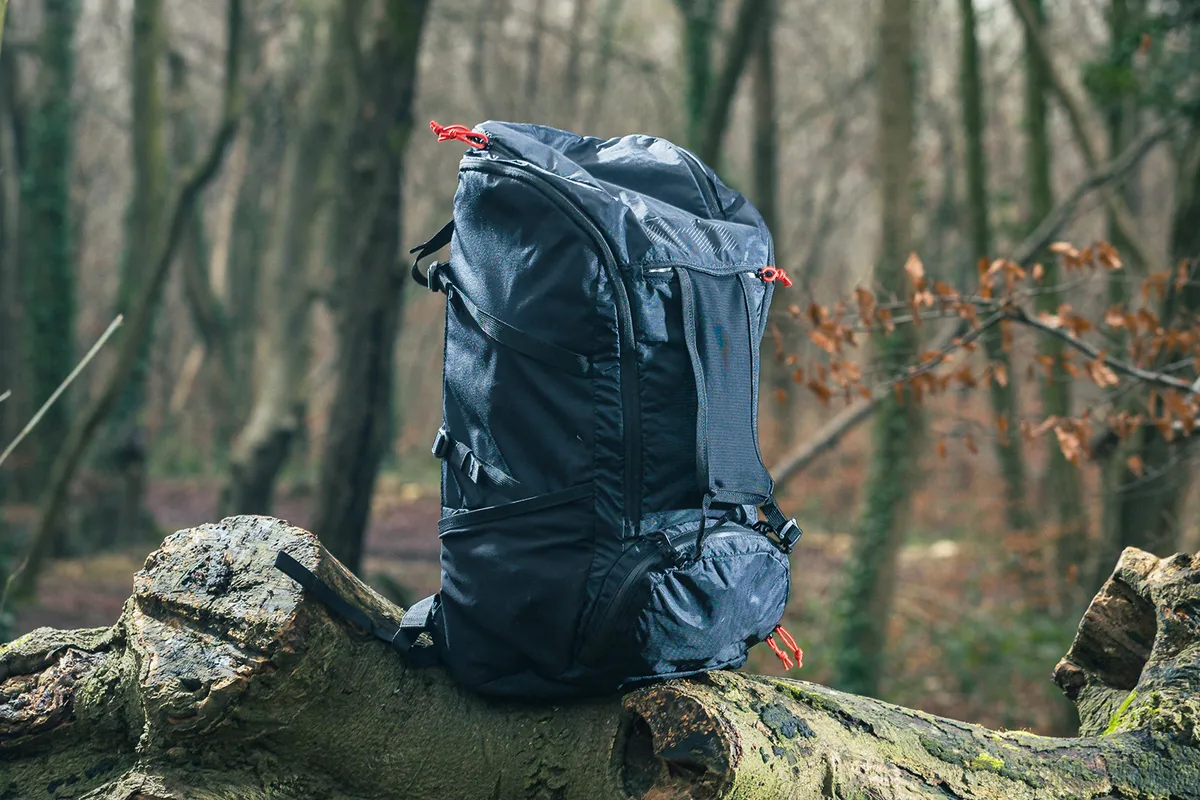
- Price: £75 / $95 / €85 / AU$130 as tested
- Pros: Easy access to gear; plenty of pockets; removable helmet holder
- Cons: Webbing gets caught in the zips
The Transition bag scores points with its numerous pockets, aiding kit organisation. These include a main compartment that’s easily accessible thanks to a long double-pull zip, a separate shoe section, stash pockets on the side and top, and removable helmet webbing.
Side straps cinch in non-full loads well. A decent back panel and shoulder straps make it comfy to wear, with the former also stopping it collapsing. Waist and sternum straps add stability.
The downsides are the top of the bag is a little floppy when opened up, and the helmet webbing is prone to catching in the zips. There’s also limited wet/dry separation.
Mudhugger Kit bag
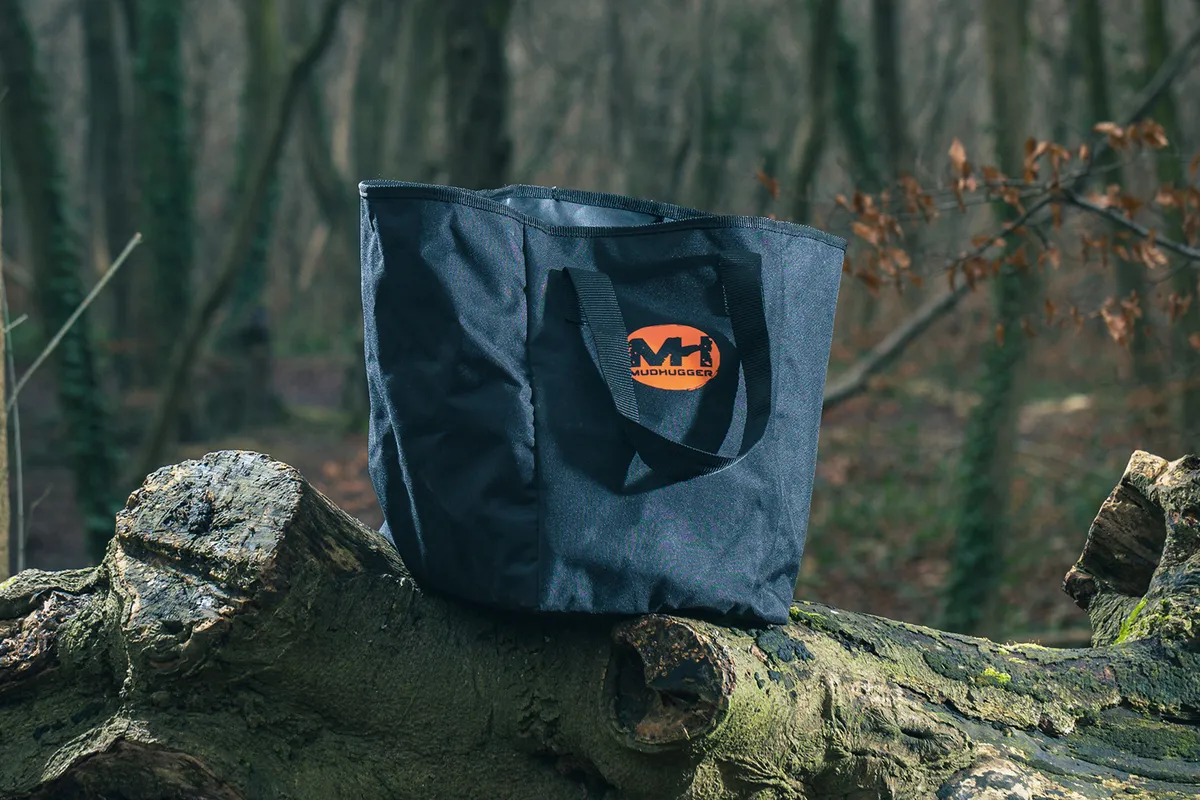
- Price: £38 as tested
- Pros: Changing mat avoids soggy feet
- Cons: Doesn't keep structure when empty; not the largest
The Mudhugger represents excellent value with two sturdy bags and a changing mat included in the price. The larger bag is huge, and has a sleeve on one side to neatly stash the mat in.
We found the slightly smaller one handy for separating dirty kit from clean, and big enough for a single day’s riding kit if we were limited on space.
The padded changing mat keeps feet warm, dry and comfortable when you’re stripping off post-ride. We’d have liked the mat to be larger though.
We also found the mesh sleeve in the smaller bag can snag when you’re stuffing kit in. Both bags collapse when empty, making them trickier to fill.
Scott Travel Softcase 70
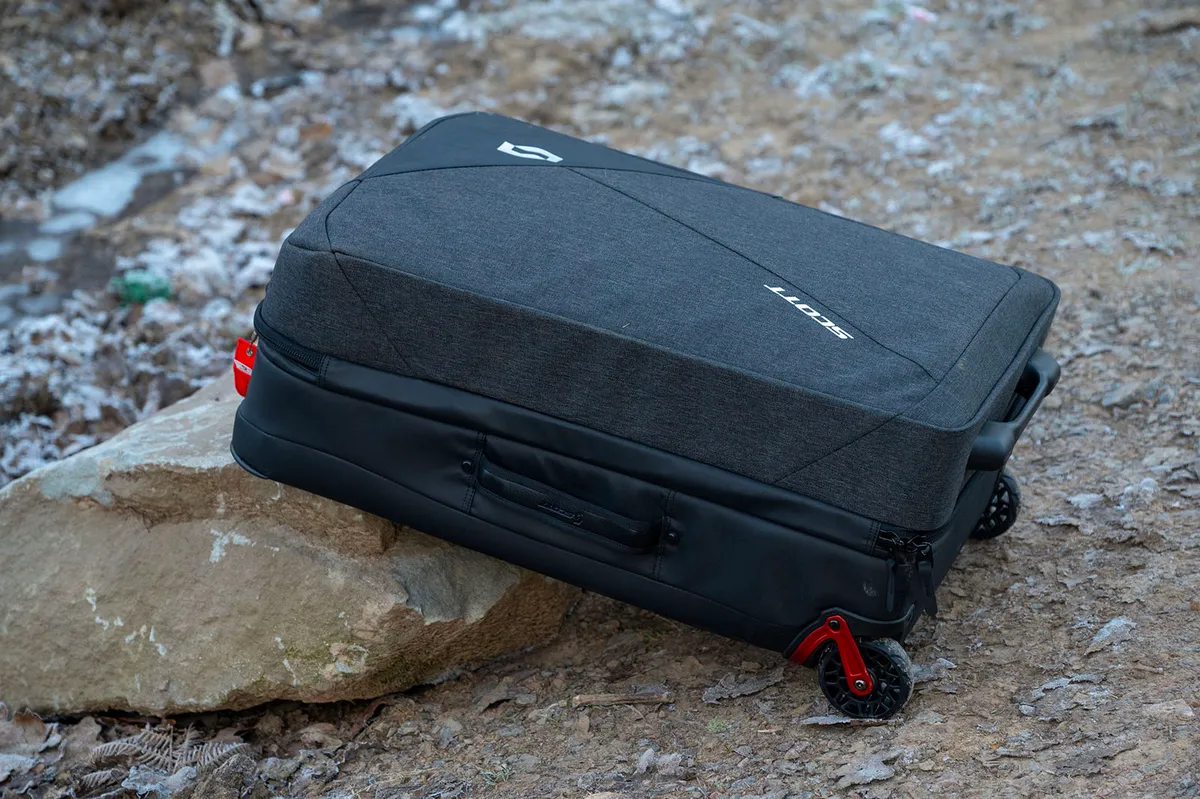
- £250 / $260 / €250 as tested
- Pros: Solid construction; big wheels; protects items well
- Cons: Pricey; would benefit from kit dividers
The Softcase 70 has plenty of features to make travel easier, and we found the two internal compartments spacious, with the red colour making it easy to find items.
The large wheels handle rough terrain well, and the 1000D nylon construction gave peace of mind when transporting more delicate items.
A kit divider in one of the internal compartments wouldn't go amiss.
Thule RoundTrip duffel bag
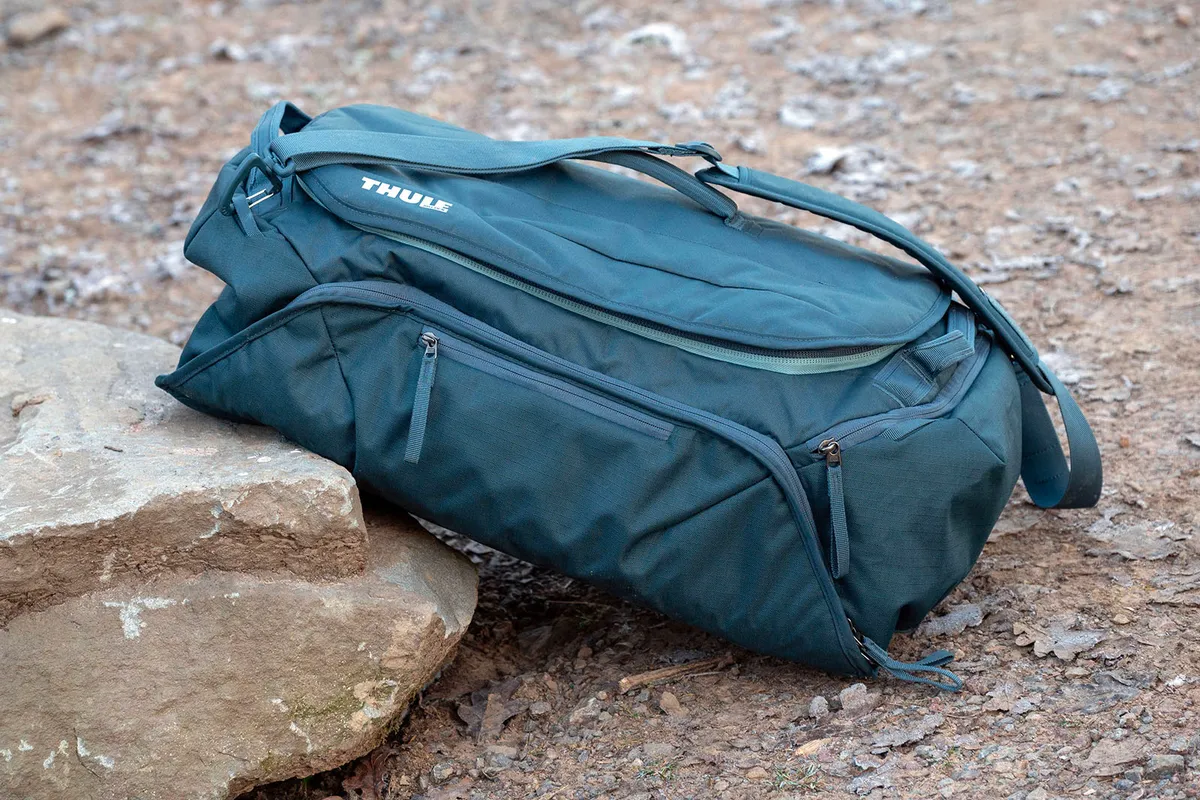
- £110 / $160 / €130 / AU$249 as tested
- Pros: Plenty of pockets; easy to organise; well-priced for quality
- Cons: Storage cells can't be removed
Thule's RoundTrip has a variety of kit-specific pockets that keep helmets, shoes, tools and dirty clothes from coming in contact with one another.
The quality of construction for the not-so-expensive price tag impressed us, but it would be nice if the internal storage cells could be completely removed rather than hidden out of the way.
Also consider...
The following products scored below four out of five in our test, but are still worth considering.
Sea to Summit 90L duffle bag
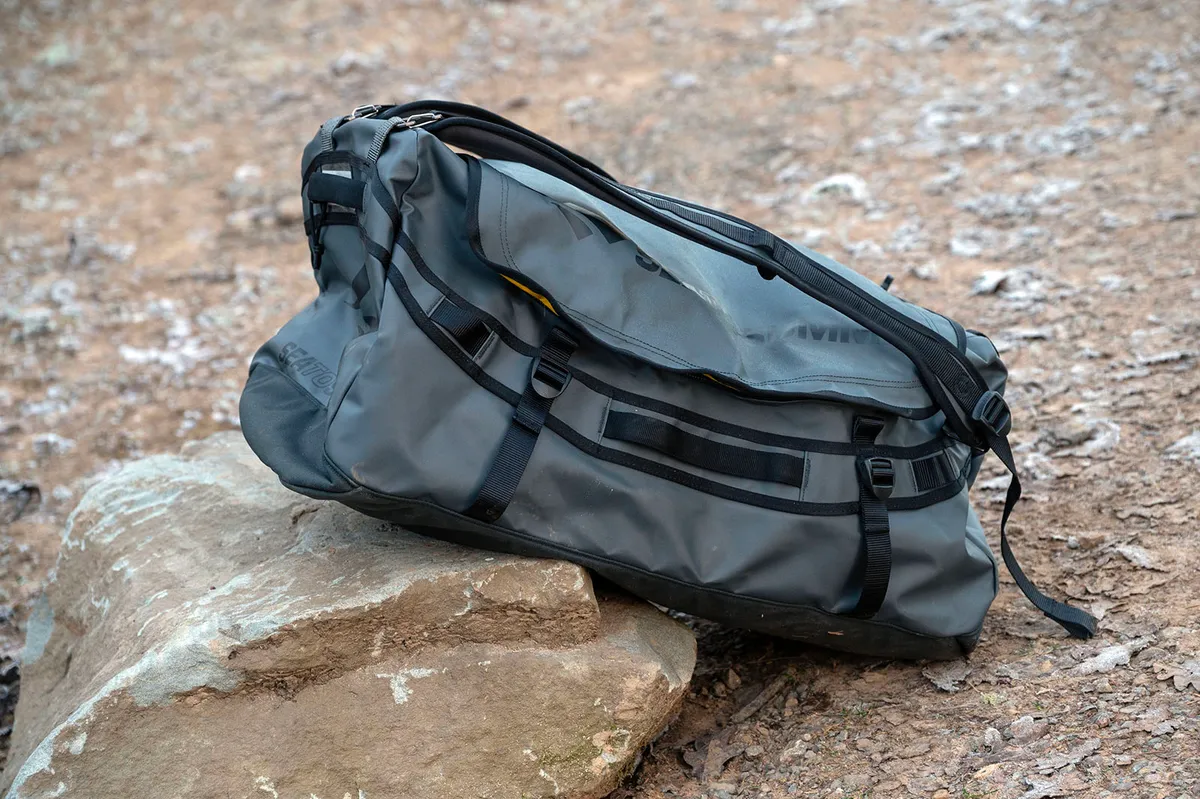
- £160 / $200 / €160 / AU$300 as tested
- Pros: Sturdy and weatherproof; brightly coloured lining; easy to store
- Cons: Pricey; doesn't hold shape; no internal organisation
Sea to Summit's 90L duffle bag feels built to last thanks and does a good job of keeping your belongings together.
The bright lining helps when locating items, and the configurable straps make it easy to carry for short distances.
It lacks internal kit dividers and we found it struggles to keep its shape unless brimming with contents.
Vaude Rotuma 90 trolley
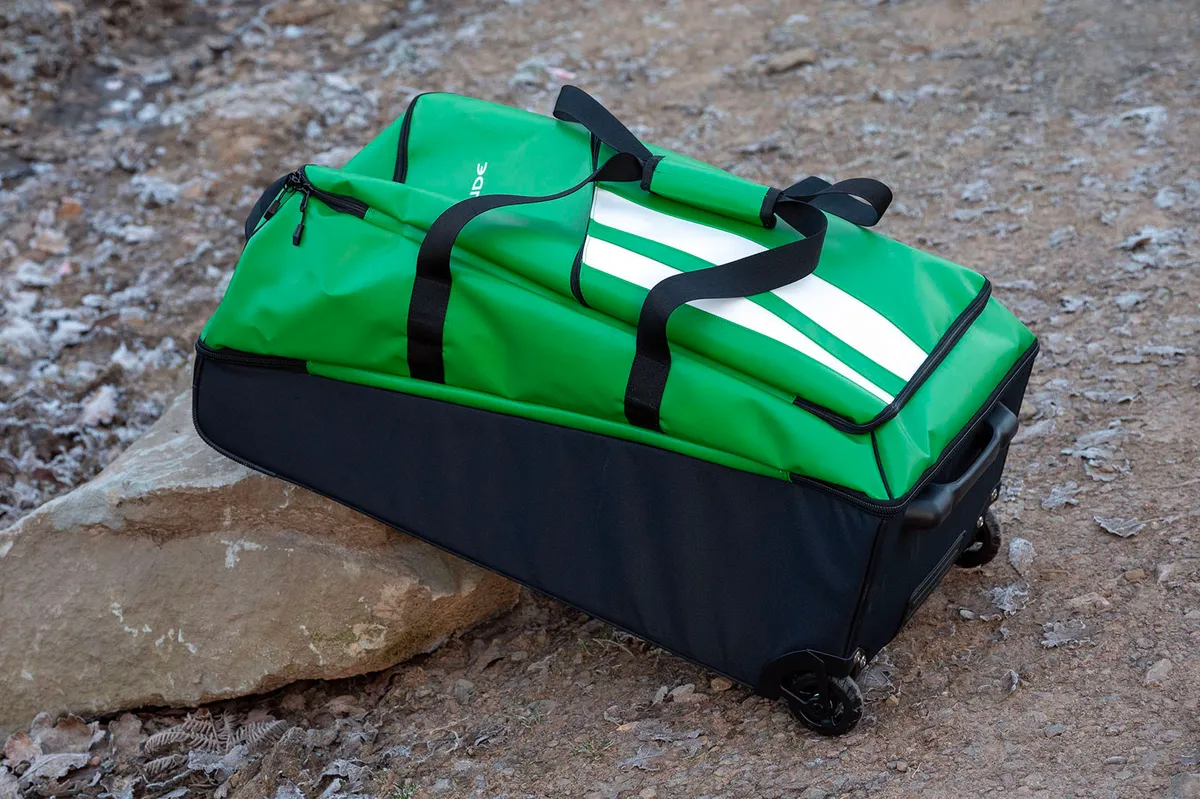
- €263 as tested
- Pros: Easy to access compartments; reinforced body protects valuables; eco-friendly materials
- Cons: Pull handle feels a bit flimsy; more external pockets would be helpful
Vaude's Rotuma 90 trolley offers plenty of space and protection to carry your kit safely for short getaways.
The rolling design makes moving the bag easy with the wheels feeling sturdy on rough terrain, though this can't be said for the handle which could be stronger.
Ion Universal Utility Bag
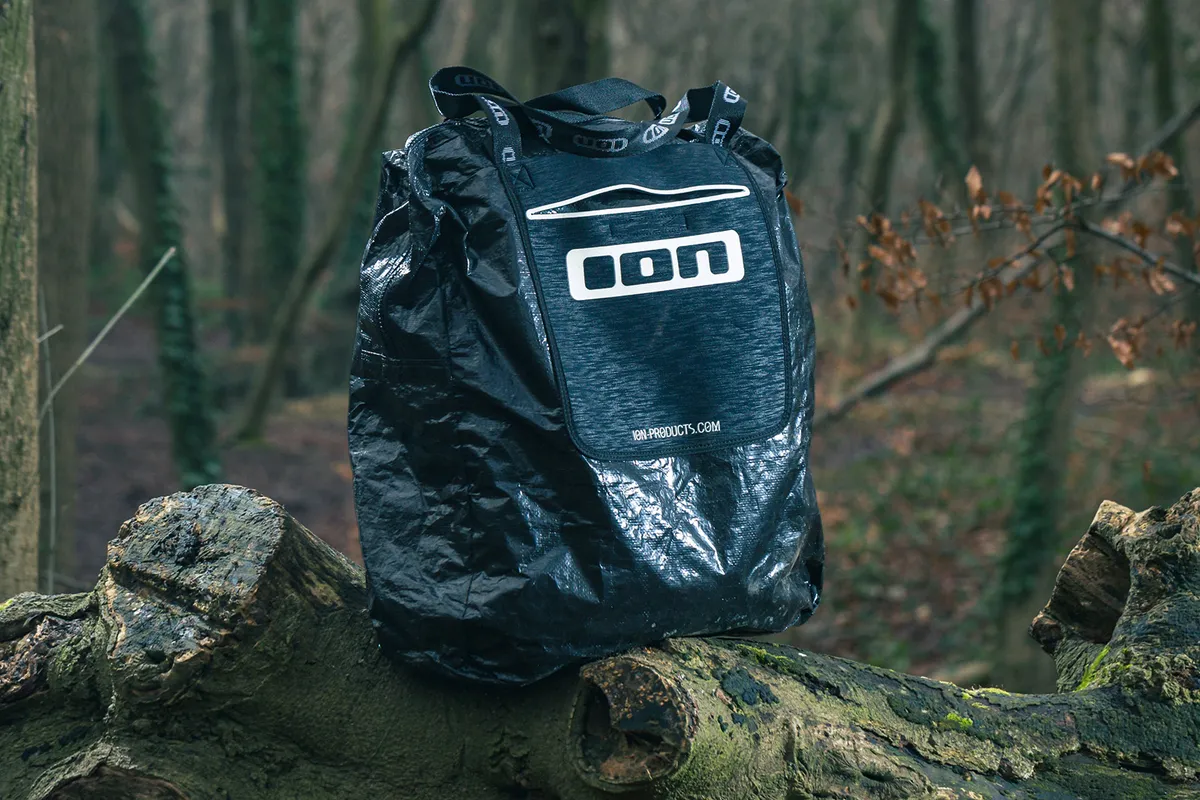
- Price: €30 as tested
- Pros: Deals with wet gear well; neoprene side pockets protect valuables
- Cons: Items can get lost in the deep, dark lining
As simple as they come, Ion’s bag suits those who just want to chuck kit in and go – especially wet and muddy gear.
Shoulder and hand straps aid portability, and a single sturdy zip keeps the contents secure.
Two neoprene side pockets add organisation, plus a bit of protection when carrying it on your shoulder. It’s light and relatively cheap.
Unfortunately, we found locating small items can be difficult, because of the bag’s depth and black material. If you stand it on the floor, the top is prone to collapsing in on itself.
Ion claims it can be used as a wheel bag, but we couldn’t fit a 650b wheel in, with the tyre deflated.
Topeak Pakgo GearPack
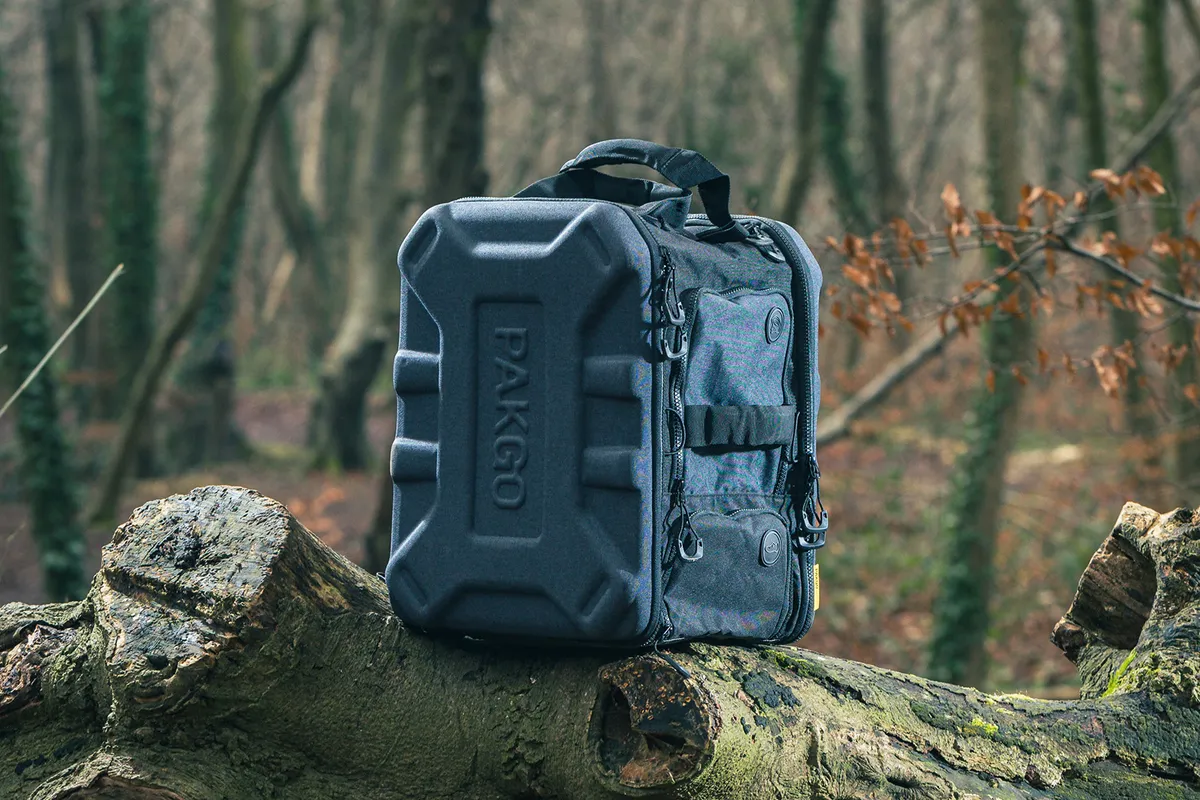
- Price: £130 as tested
- Pros: A good range of kit-specific pockets; quality construction
- Cons: Struggles with large helmets
Topeak's offering scores points with its specific pockets for items such as shoes and a helmet, making it easy to organise your kit. Efficient use is made of all the internal space (as long as you pack well), and its cuboid shape aids ‘car Tetris’, too.
The bag’s construction is good, with plenty of carrying handles, as well as sturdy zips and waterproof materials, plus water-drain ports.
We struggled to fit bulkier open-face helmets in the designated pocket and found it better to carry lids separately, because it leaves room for other accessories, such as hip packs.
The side pockets would be more useful if they were expandable. The bag is also an expensive proposition.
What about cycling rucksacks?
The best cycling rucksacks enable you to carry your kit when out on the road or trail. They are usually smaller and feature an ergonomic design that takes into account riding position and ventilation.
If you want to carry even less on the trails, check out our best hip packs.
Five things to look for in a kit bag
- Make sure the bag is large enough to carry what you need.
- Decide if the way the bag has been divided into its respective sections works for you. Most will feature separate areas for storing clean and dirty kit.
- Consider if helmet storage is important. Helmets are odd shapes and they don't fit nicely into all bags, so you may have to carry it separately.
- Make sure the bag is comfortable to carry when fully loaded. Virtually all use either shoulder straps or a carrying handle.
- Consider if you need the bag to be weather-proofed if leaving it out in the elements.
